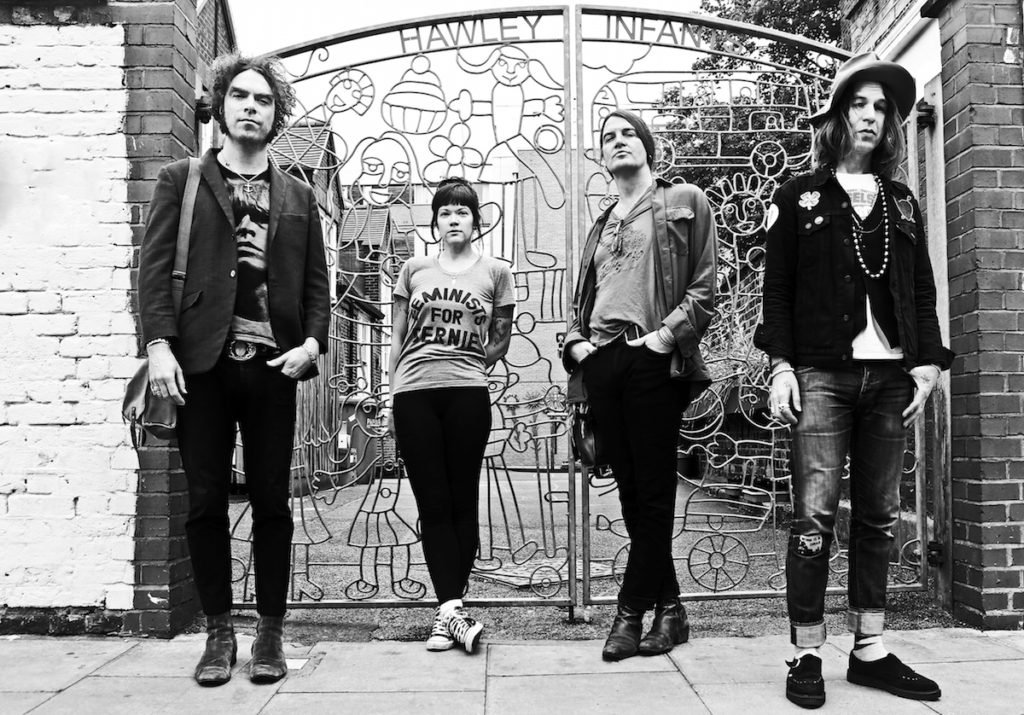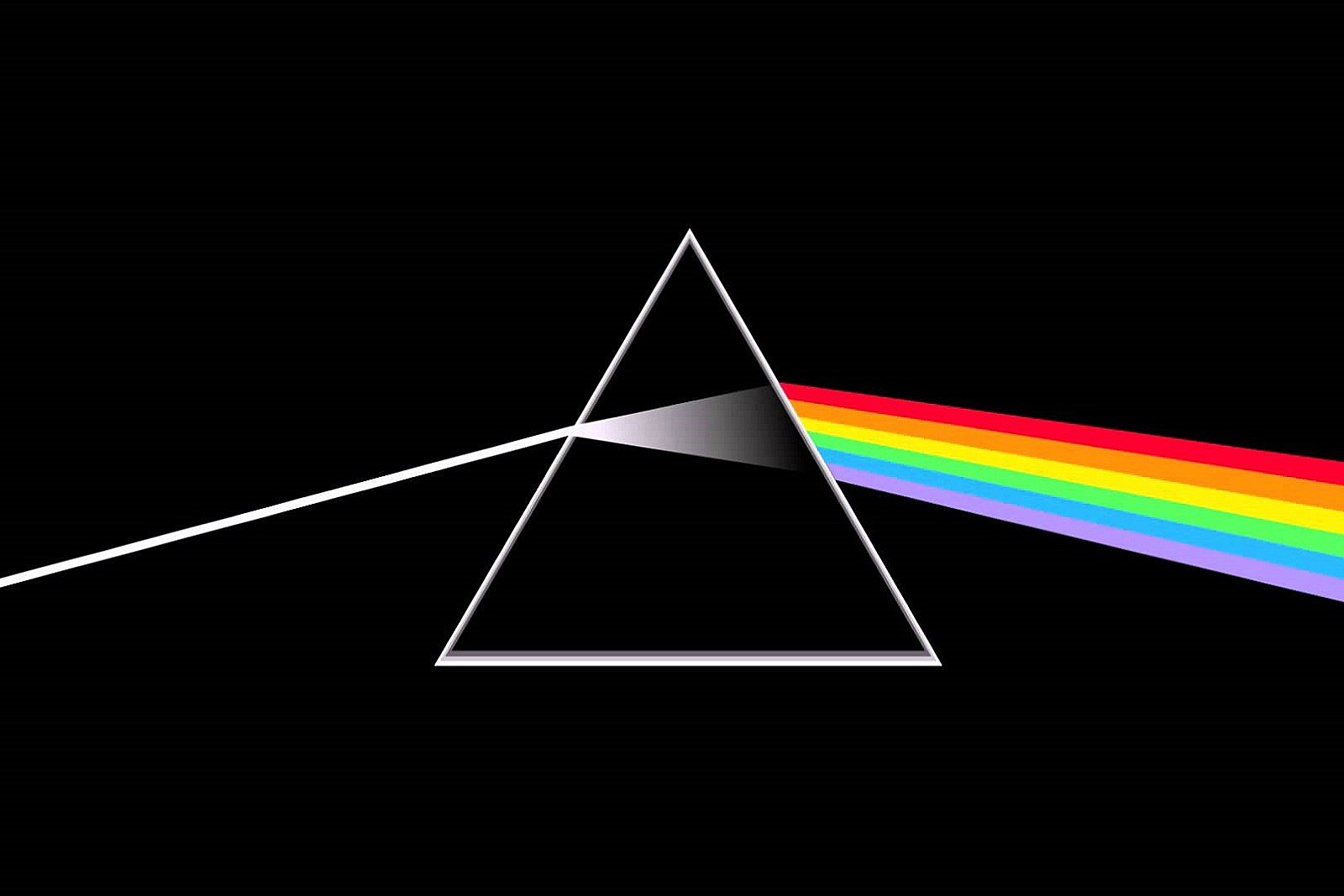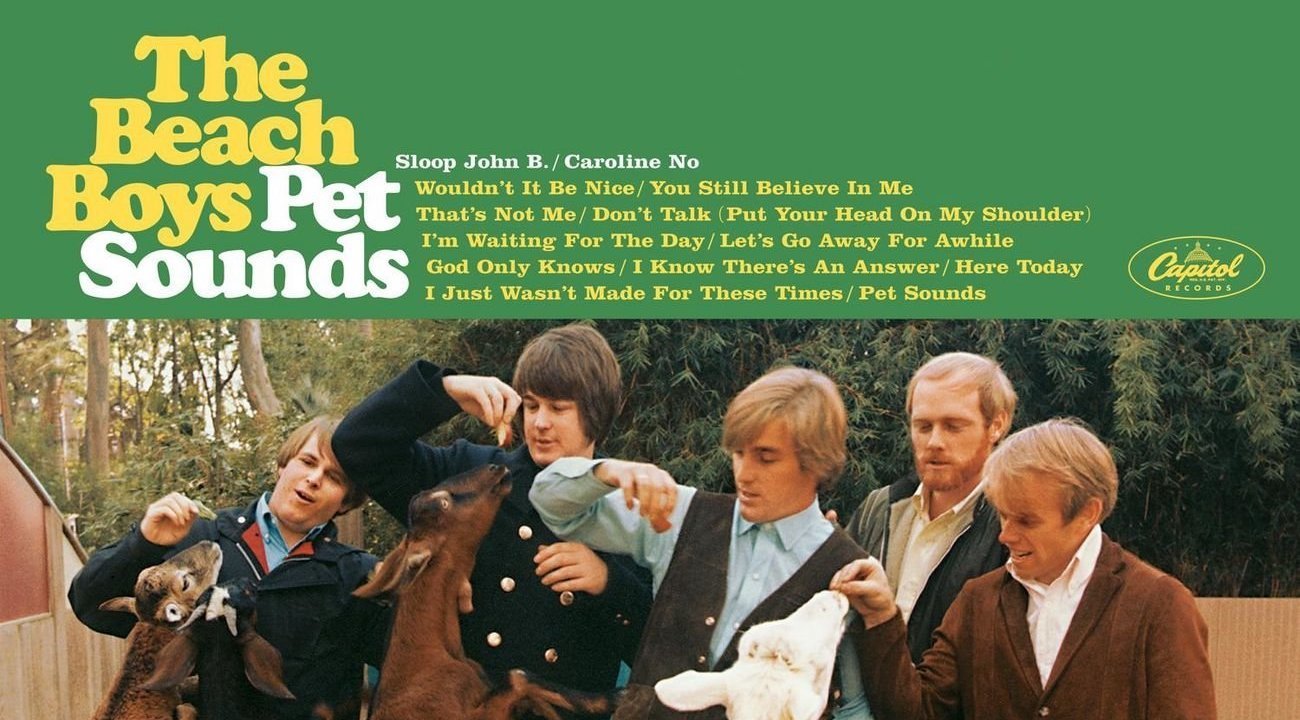Down Under

The story of Tsunami Entertainment emanates from the bottom of the world - literally - when Bruce Kirkland, a newly minted Barrister and Solicitor in his native New Zealand, eschewed the prospects of a lucrative legal career and chose the pathway to a life in entertainment… and so began his legacy of “firsts.”
Bruce’s first ‘first’ was his appointment as the founding Executive Director in the newly formed New Zealand Students Arts Council, an entrepreneurial body curating a year-round program of music, film festivals, exhibitions, and a diet of cultural advocacy and events on behalf of its University student constituents.
His day was a diverse mix; making representations to Government on cultural policies, managing cultural exchange programs with the likes of a 100-member Aboriginal Dance Group or a Chinese puppet theatre troupe, and of course, providing a steady stream of music to satisfy the student base; Split Enz, Little Feat, Phil Ochs and so on…
These activities eventually resulted in a move across the Tasman to Melbourne, Australia, as GM of local music legend Michael Gudinski’s expansion into international touring.
In those days, it was the ‘wild west’ being a part of the then-fledgling but soon to be an Empire, Mushroom Group (encompassing label, management, agency, venues, merch, and the touring division).
This undertaking called for a non-stop shuttle throughout SouthEast Asia, Australia, and New Zealand with artists such as Jethro Tull, Joe Cocker’s ‘Mad Dogs and Englishmen’ tour, Uri Geller, Blondie, and Lou Reed.
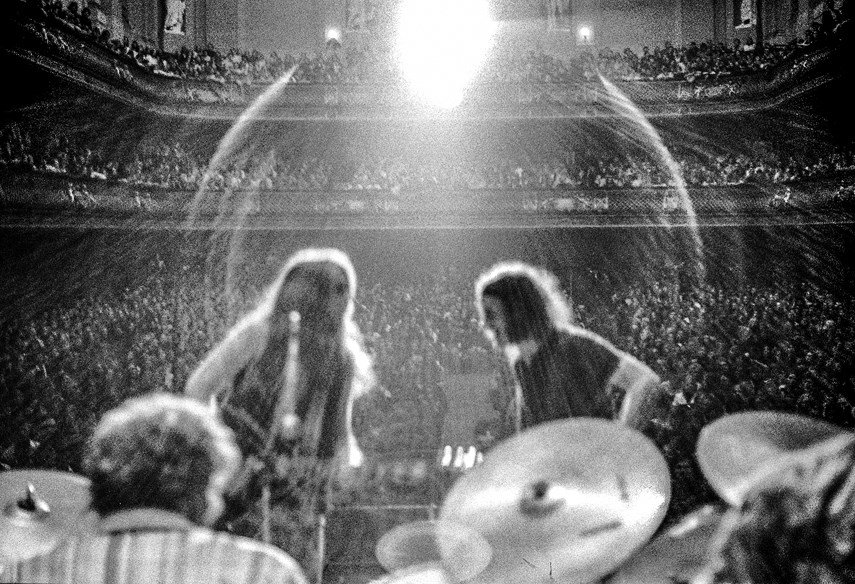



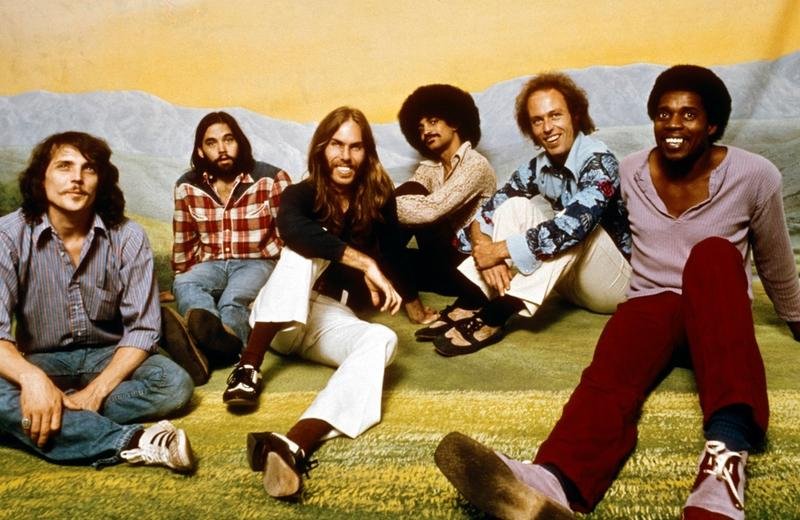
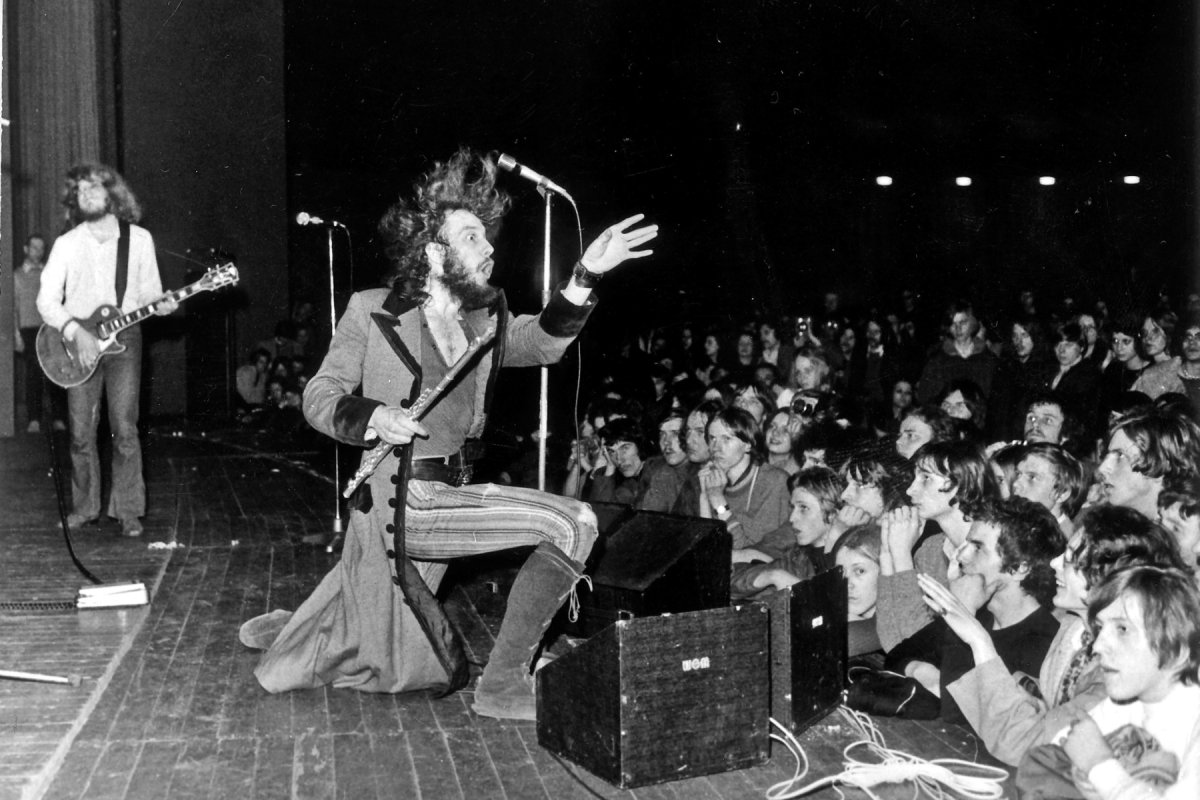

LONDON TO New York City

There was one tour, in particular, that was about to change Bruce’s trajectory. The intensity of Graham Parker’s ‘Squeezing Out Sparks’ down under performances shifted the goalposts and led to conversations with manager and Stiff Records head honcho, Dave Robinson. The next leg of the journey had Bruce landing in London (after the necessary Bangkok stop-over) amid the UK garage/punk rock explosion. No time was wasted in jumping into the European waters with Stiff legends such as Lene Lovich, Ian Dury, Madness, Tracey Ullman, and Wreckless Eric.
However, there were more moves afoot. As the spectre of the lucrative North American market beckoned, Bruce was dispatched to head up Stiff’s operation in New York. UK indies had to that point primarily licensed their repertoire in the US to the major labels, who often didn’t have the understanding and stamina to develop idiosyncratic British artists… so an opportunity emerged for another ‘first.’
Bruce now set about creating the first UK-born independent distribution network in the US, aptly named Stiff America. This became a conduit and releasing option, not only for Stiff’s own roster, but also as an outlet for its fellow British indies and other synergistic domestic US artists. Stiff Records in the US became home to an eclectic group of artists, including The Stranglers, Madness, The Plasmatics, Simple Minds, Tenpole Tudor, Yello, and Johnny Lydon.
Despite the sensational sales of its famous ‘If It Ain’t Stiff, It Ain’t Worth a Fuck’ t-shirt, Stiff HQ’s appetite for the US was waning. It was time for a new chapter and Bruce announced the birth of Second Vision from Stiff’s former offices sandwiched between Chinese sweatshops in Soho.
Second Vision was truly another ‘first.’ It carved out a unique business niche by providing US-based management and marketing services to exclusively foreign-domiciled artists. Eventually a staff of 15 presided over a roster that included Peter Gabriel, Depeche Mode, Erasure, Primal Scream, The The, Kraftwerk, Psychedelic Furs, Sugarcubes, Electronic, and Swing Out Sister, to name a few.
Second Vision’s success with the now multi-platinum acts Depeche Mode and Erasure created a tight bond with Mute maestro Daniel Miller. This relationship was further consolidated when Bruce was tasked with heading up Mute Records’ US operations, immediately consummating a lucrative licensing deal with Elektra Records and boosting Mute’s domestic roster, including Nick Cave, Moby, Diamanda Galas, and Nitzer Ebb.
As an aside, it should be noted that Second Vision’s only other full label client in the US was Berlin-based Noise Records (of Helloween and Kreator fame), thereby ironically placing the Mute and Noise imprints under one roof. It should also be noted that when you wear both management and label hats, it makes for interesting tour support conversations.
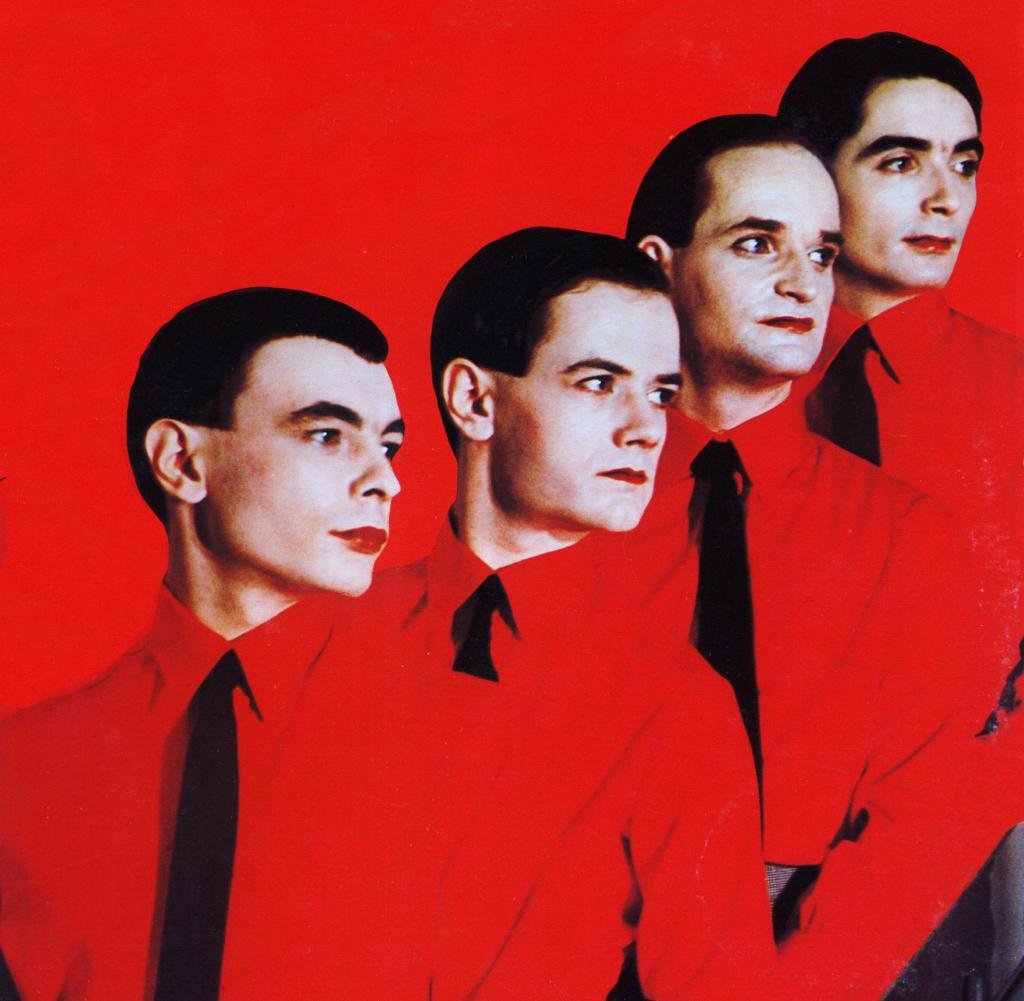

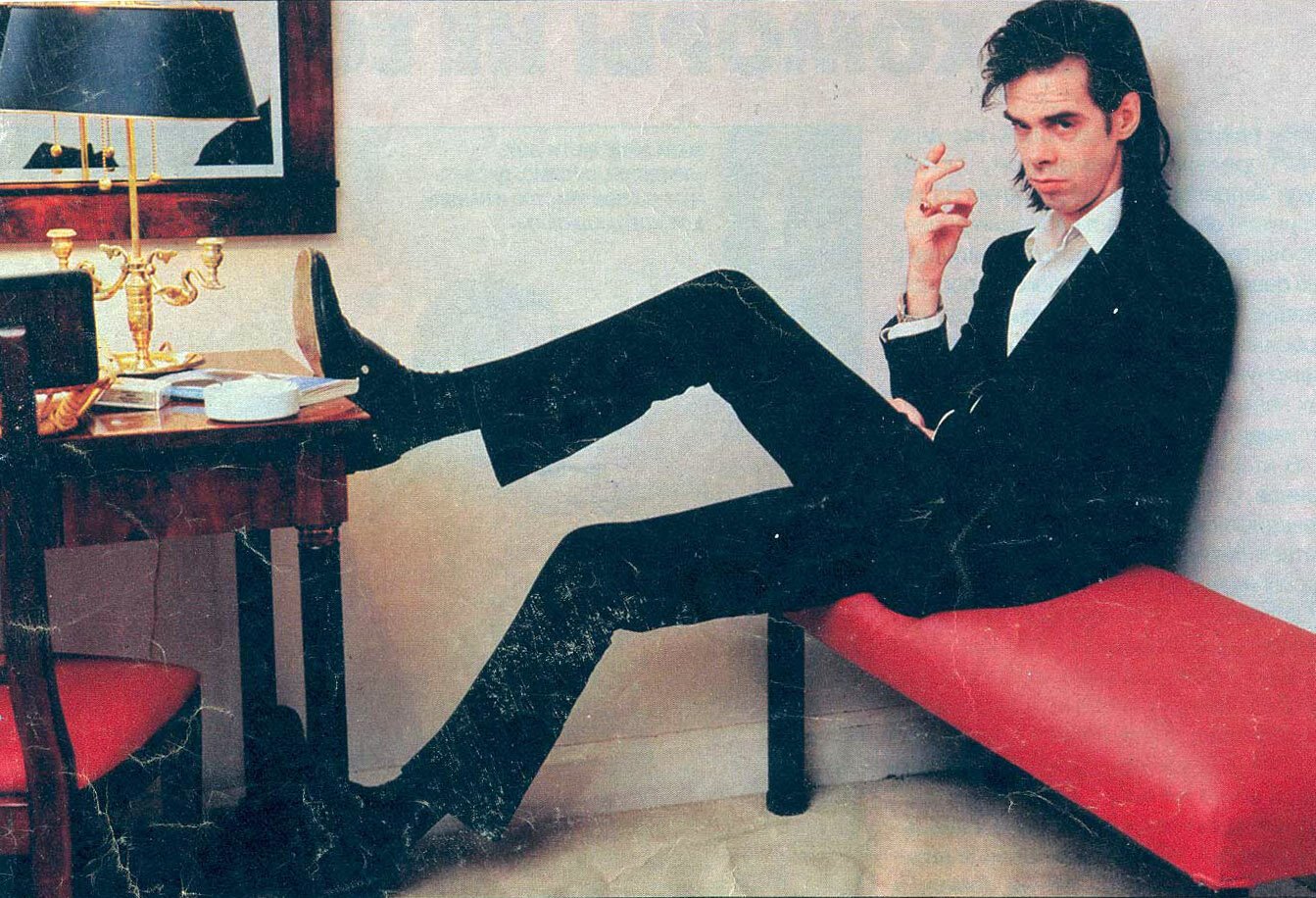

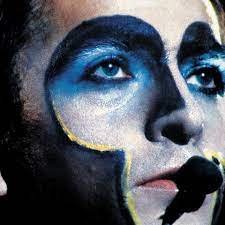

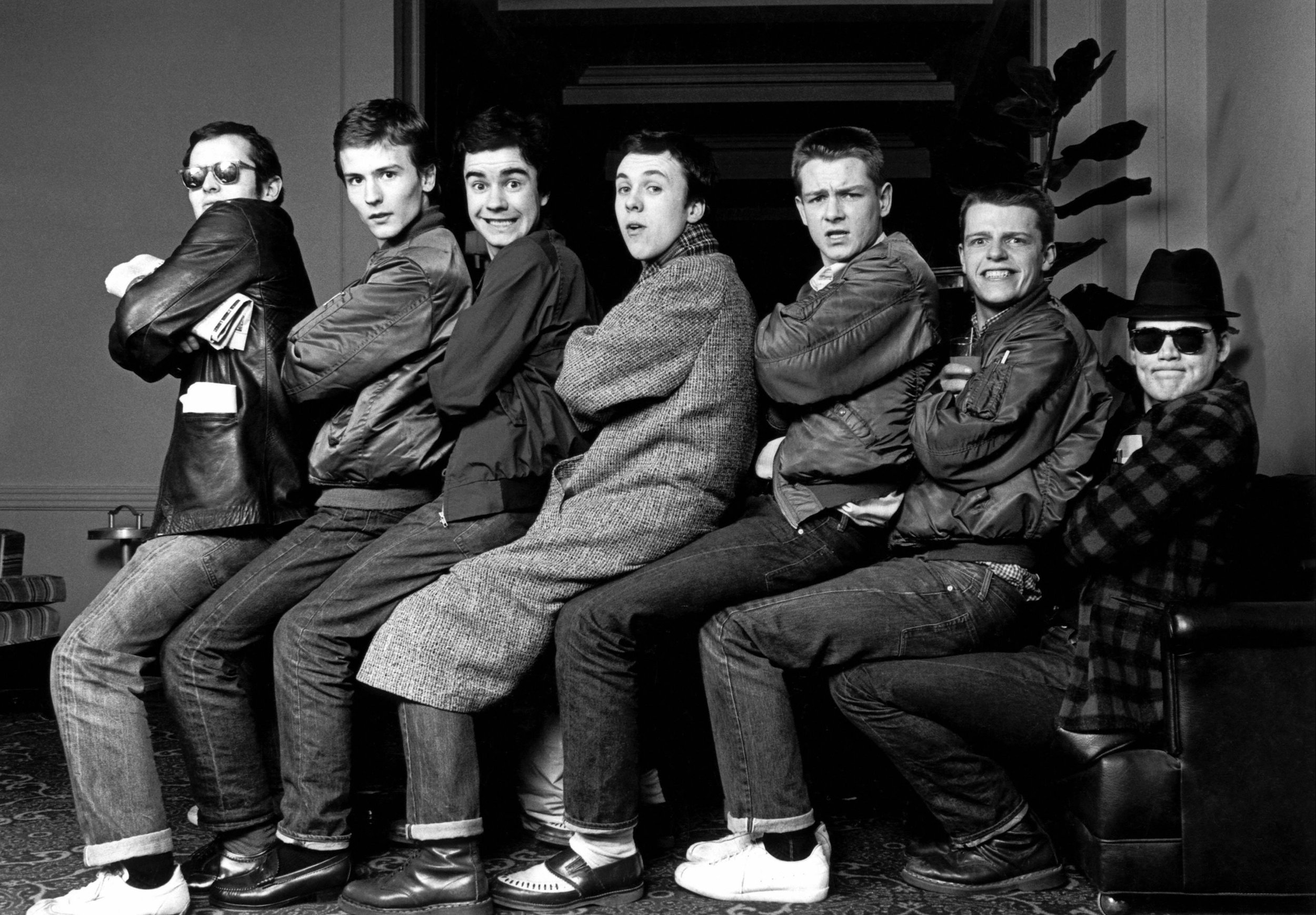
The City of Angels

The ongoing journey was about to gain new momentum. In spite of Second Vision’s enviable position in the US alternative music scene, Bruce was recruited and headed cross country to the legendary Capitol Records, as part of a management triumvirate under Gary Gersh, forging a new era at the famed LA Tower…and the beginning of a new chapter.
The bridge from the alternative world to the mainstream universe could not have been more disparate, with “Mr. Alternative” coming off a recent Depeche Mode album and tour, and landing headlong into EMI’s multi-platinum demands for the Frank Sinatra Duets Project.
Suffice to say, sales targets were met and the new Capitol team went on to grand heights - having hits with the Beastie Boys, Mazzy Star, and Duran Duran, breaking new artists such as Radiohead and The Dandy Warhols, running up platinum-plus sales with Bonnie Raitt and Bob Seger, and reaching new catalog thresholds with Pink Floyd and the Beach Boys.
But it all changed when the mighty “The Beatles Anthology” emerged after 20 years in the making. This was unlike any other record release. It was a consumer product initiative of the highest dimension, consisting of a network TV special, three double albums, and an eight volume video set with commensurate catalog campaigns. The entire process was engineered over two years and shattered previously unattainable revenue goals for that era.
Heading up that campaign led Bruce to the conclusion that the conventional methods for new artist releases via traditional radio-centric marketing were not suited to exploiting the crown jewels in the EMI arsenal; The Beatles, Frank Sinatra, Nat King Cole, Bob Seger, Pink Floyd, The Beach Boys, David Bowie, etc.
Another milestone was reached when Bruce was appointed the ‘first’ President/CEO of EMI-Capitol Entertainment Properties, a newly formed strategic marketing and brand management division encompassing content from all of EMI’s North American labels. EPROP, as it was affectionately known, was the ‘first’ such dedicated music company of its kind in the US, with staffing more akin to a movie studio than a record label. The standard radio promotion approach was replaced by marketing teams that developed consumer awareness and alternative sales channels via strategic partnerships.
EPROP’s proactive and innovative sales campaigns (Sale of the Century, Pink Floyd), strategic partnerships (Planet Hollywood, San Siro), themed products (award-winning Ultra Lounge series), blockbuster home entertainment releases (Garth Brooks, Spice Girls), new platinum albums (Big Bad Voodoo Daddy) and overall sales success ultimately paved the way for other major labels to set up similar and equally successful divisions. Sadly, this was not the case at EMI when EPROP and its significant profits were swallowed up in a corporate down-sizing.
It is said that when all good things come to an end, it signals greater new beginnings, evidenced by the launch of Tsunami Entertainment.
